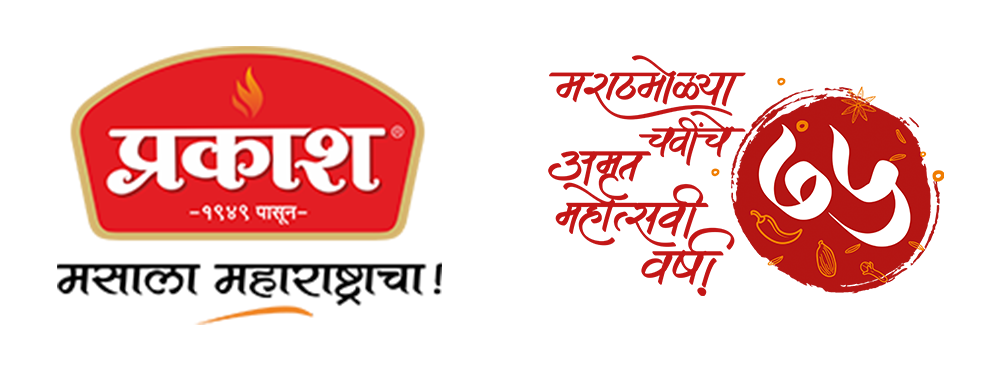ON THE TRAIL OF MAHARASHTRA’S NON-VEG CUISINE
Maharashtra is a state located primarily on the Deccan Plateau. It spreads across western and central India, with a long coastline along the Arabian Sea. The varied geography reflects in the variety of local cuisines, ingredients and cooking techniques.
Non-vegetarian food in Maharashtra is associated with castes like the Marathas, Saraswats, Chandraseniya Kayastha Prabhus (CKPs) and other Prabhu communities. Chicken and goat are the most popular sources for meat in Maharashtrian cuisine. Eggs are also popular and exclusively come from chicken sources. Beef and pork are also consumed by some sections of Maharashtrian society but these do not form part of traditional Maharashtrian cuisine.
Seafood is a staple for many Konkan coastal communities and is popular in other parts of the state too. Most of the traditional recipes are based on marine fish, prawns and crab.
Let’s journey through the various regional cuisines to explore the myriad flavours. A study of the popular regional cuisines of Maharashtra reveals strong flavours and subtle variations that make each cuisine distinct. Kolhapuri, Malvani, Varhadi, Khandeshi and others – every local cuisine has unique flavour combinations.
First stop: Kolhapur. Kolhapuri cuisine is renowned for its spicy non-vegetarian delicacies. Most of the dishes use a fresh spice blend and onion-garlic masala. The traditional stronghold of the Maratha community, Kolhapur reflects the preference of the Maratha warrior. The Kolhapur citizen loves his mutton, and wants his gravies hot and spicy. Tambada rassa (red gravy) and Pandhara rassa (white gravy), dry and fried mutton, and mutton pickle are some of the signature dishes of this meat-loving region.
Next is Solapur, a region that shares its borders with neighbouring states so its culture and cuisine is a blend of Maharashtra, Karnataka and Andhra Pradesh. Well known for its spicy food and extensive use of peanuts, the region is largely vegetarian. However, mutton and chicken dishes are popular too.
Let’s journey on to the north-east of Maharashtra to Varhad. Varhadi is the language and cuisine typical of the Vidarbha region. This region boasts of two strong cuisine styles: Varhadi and Saoji – both fiery although Varhadi is slightly milder than Saoji.
Saoji is the sweat-inducing cuisine of Nagpur & Amravati. Saoji cuisine traces its origins to the Halba Koshti tribe of weavers of Madhya Pradesh who migrated from their original environs in the Malwa region to Nagpur to work in textile mills there.

Generally cooked in clay pots, it is the taste of the mutton masala that stands out in Saoji. A fiercely guarded family secret, the Saoji masala is made up of at least 24 spices which are boiled, unlike other masalas where ingredients are usually roasted and then ground.
Next stop: Khandesh, the region consisting of Jalgaon, Dhule and Nandurbar districts. Kala masala (black masala) is used extensively here, as are dry coconut and tiny ‘lavangi’ chillies that set your tongue on fire.
Mumbai is the melting pot of Maharashtrian and indeed, all kinds of Indian flavours due to its cosmopolitan population. However, some traditional cuisines such as Aagri still rule. The Aagris are among Mumbai’s original communities, and their menu includes a lot of fish and some signature mutton dishes.
Our final destination is Malvan, a scenic town in Sindhudurg district. The cuisine of this south Konkan region in Maharashtra & Goa, is predominantly nonvegetarian, and makes generous use of a typical red Malvani masala.
As is to be expected in a coastal region, fish dishes dominate Malvani cuisine which is famous for its spicy curries that have a unique sweet & sour flavour. A distinct aspect of this cuisine is the liberal use of coconut in various forms such as grated, fried, paste, coconut milk. Some dishes also use a sour ingredient such as kokum, tamarind and raw mango.
To bring home and savour some of these delectable flavours in the comfort of your home, try Prakash Masale’s range of regional masalas. You can order Prakash Kolhapuri Masala online or have any other Marathi non-veg masala delivered to your doorstep. In November 2022, the Prakash Masale Express is travelling to all these different destinations, bringing you the most authentic, traditional masalas of each region – to spice up your cooking.


